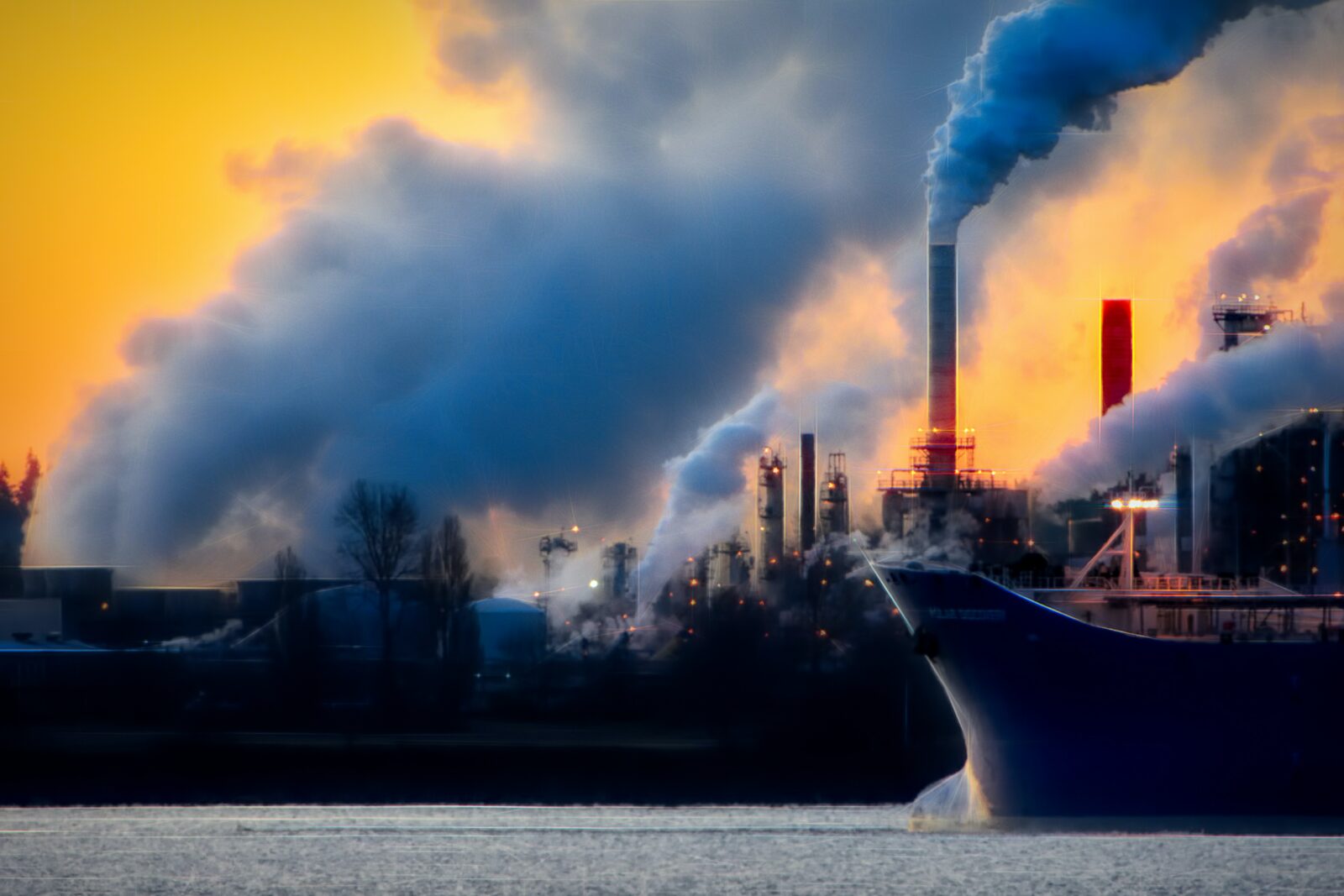A climate crisis may be inevitable, but the global response to global warming is far from certain. How we respond could have a dramatic impact on our ability to survive rising temperatures, extreme weather, and rising seas.
Starting after the preindustrial period, the planet’s temperature has risen by approximately 1,2C and has pushed humankind across nearly all historical frontiers. In reality, the temperature of the world over just over a century is unprecedented, with the seas alone collecting the heat equivalent of 5 nuclear Hiroshima bombs falling into the waves every second.
There are two forces driving climate change: emissions from burning fossil fuels and climate change itself. Emissions from burning fossil fuels have been increasing since the beginning of the Industrial Revolution. That was over 200 years ago and the global emissions are still increasing. Our emissions are currently set to increase by more than 60% by 2030.
Climate change itself is caused by emissions from fossil fuels. Over thousands of years, the greenhouse gases in the atmosphere (carbon dioxide, methane, nitrous oxide) have built up and this climate changes the climate. Today, human emissions are overwhelming the capacity of the earth’s natural systems to absorb these gases.
Our climate has changed dramatically in the past. The North Pole used to be 20 degrees warmer than today. The climate used to change every few thousand years instead of every few decades.
The effects of climate change are already being seen. Sea levels are rising. The Amazon rainforest is burning. Droughts, floods, heatwaves and hurricanes are becoming more frequent. These changes are predicted to become worse over time. Some effects of climate change are regional. Others, like sea-level rise, are global.
The Paris Agreement is a great start. But far from enough. The science is clear. We must act decisively to limit the effects of climate change for future generations.












Leave a Reply